Unsafe Speed Accidents in Texas: A Comprehensive Guide
January 28, 2024
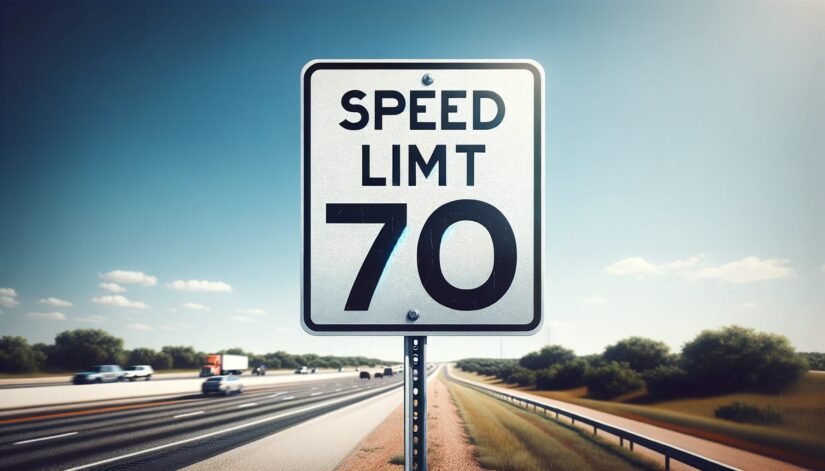
Texas roads are fast. But this speed comes with risks. The state has high rates of speed-related crashes.
- In Texas, speed is a big problem.
- Many accidents happen due to fast driving.
- According to TXDOT, there were 174,584 speed-related car crashes in 2023.
I’ll share key facts about these crashes. You’ll learn what unsafe speed means in Texas. I’ll guide you on what to do after a speed-related crash. I also explain how to prove who was at fault.
Here’s an overview:
- What Counts as Unsafe Speed?
- Proving Fault in Speed-Related Accidents
- Immediate Steps After a Speed-Related Accident
- Rules of the Road: Speed Limits and Unsafe Speeds in Texas
- Navigating Insurance Claims and Settlements After a Speed-Related Accident
- Dealing with Insurance Companies
- Navigating the Claims Process
- Settlement Offers
- When to Accept a Settlement
- Potential Complications
- Hiring the Right Car Accident Lawyer for Your Speed-Related Accident Case
- Conclusion: Staying Safe and Seeking Justice
What Counts as Unsafe Speed?

Understanding unsafe speed is key. In Texas, it’s not just about going over the limit. It’s also about how fast is too fast for the road, weather, or traffic.
Factors That Define Unsafe Speed
- Road conditions: Wet or icy roads need slower speeds.
- Traffic flow: Heavy traffic means you should slow down.
- Area type: Near schools or in residential areas, slower is safer.
Examples of Unsafe Speed
- Driving 70 mph in rain: Even if the limit is 70, it’s too fast for rain.
- Speeding in a traffic jam: Going fast in slow traffic is unsafe.
- Fast near schools: Speeding where kids are present is dangerous.
Why Speed Matters
- High speed can lead to severe crashes.
- It gives less time to react.
- More speed means harder impacts.
In Texas, understanding these factors can save lives. It’s not just about the speed limit sign. It’s about driving safe for all conditions.
Proving Fault in Speed-Related Accidents
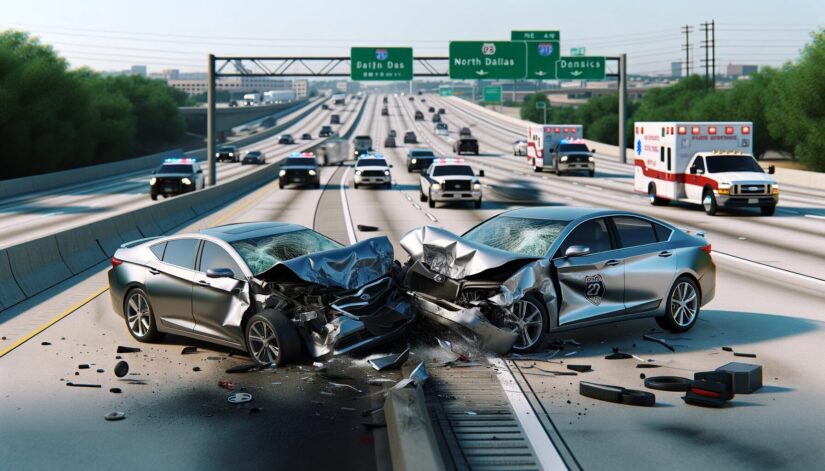
After a speed-related crash, proving who was at fault is crucial. Here’s how you can do it.
Gather Evidence at the Scene
- Photos: Take pictures of the cars, road, and signs.
- Notes: Write down what happened, including the time and weather.
- Witnesses: Get names and numbers of people who saw the crash.
Use Official Reports
- Police report: Always call the police. Their report is key evidence.
- Traffic cams: Request footage from nearby cameras.
Understand the Role of Data
- Car ‘black boxes’: These can show how fast the cars were going.
- Expert analysis: Sometimes, you need an expert to study the crash site.
Remember, evidence fades fast. Act quickly to collect it. The right proof can make all the difference in your case.
Immediate Steps After a Speed-Related Accident
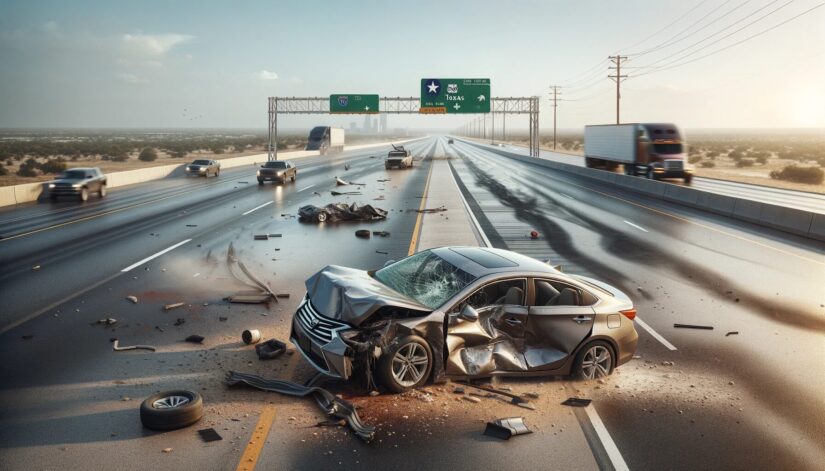
What you do right after a crash is important. Here are steps to keep in mind.
Safety First
- Check for injuries: Make sure you and others are okay.
- Move to a safe spot: If you can, move cars away from traffic.
- Stay calm: Keep a clear head to handle the situation.
Contact Authorities
- Call the police: They file a report and help sort out the scene.
- Get a copy of the report: This document is crucial for your case.
Document Everything
- Take photos: Capture vehicle damage, road signs, and the overall scene.
- Exchange info: Get names, numbers, and insurance details from all drivers.
- Note details: Write down what happened while it’s fresh in your mind.
These steps are vital. They protect your safety and your rights. Remember, the more you document, the stronger your case can be.
Rules of the Road: Speed Limits and Unsafe Speeds in Texas
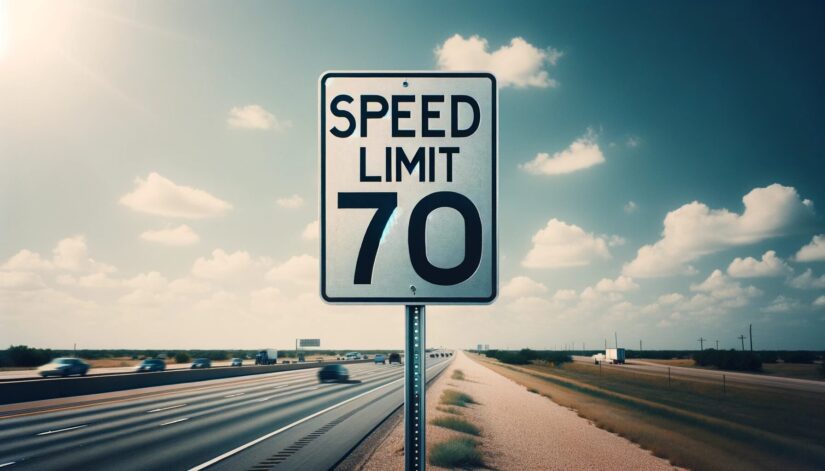
In Texas, the rules of the road regarding speed limits and unsafe speeds are clearly defined in the Texas Transportation Code. Understanding these laws is crucial for drivers to ensure they are compliant and for those involved in speed-related accidents.
Texas Maximum Speed Requirement
- Reasonable and Prudent Speed: Drivers must not travel faster than what is safe for current conditions.
- Adjust for Circumstances: Speed should be adjusted for traffic, weather, road conditions, and nearby hazards.
- Reduced Speed in Specific Situations: Special care is required near intersections, curves, hill crests, and in other specific scenarios where hazards are more likely.
- Statute: Section 545.351 of the Texas Transportation Code.
Prima Facie Speed Limits
- Limits by Area: The code sets specific speed limits for urban districts, highways, school zones, and other areas.
- Exceeding Limits as Evidence of Unlawfulness: Speeds over these limits can be prima facie evidence of unlawful and unsafe driving.
- Uniformity in Speed Limit Establishment: Entities setting or altering speed limits must maintain consistency for both day and night.
- Statute: Section 545.352 of the Texas Transportation Code.
Why Understanding These Laws Matters
- Safety: Complying with speed laws is crucial for the safety of all road users.
- Legal Implications: In case of an accident, adherence or violation of these statutes can significantly impact legal proceedings.
- Responsibility: Being aware of and following speed regulations is a fundamental responsibility of every Texas driver.
In summary, the Texas Transportation Code provides clear guidelines on how drivers should regulate their speed. These laws ensure safety on the road and are a key factor in determining fault and legal responsibility in speed-related accidents. For those involved in such incidents, a thorough understanding of these statutes can be instrumental in navigating the legal process.
Navigating Insurance Claims and Settlements After a Speed-Related Accident

After a speed-related accident in Texas, dealing with insurance claims and settlements is a critical step. This section outlines what you need to know to handle this process effectively.
Dealing with Insurance Companies
- Report the Accident: Inform your insurance company about the accident as soon as possible.
- Provide Necessary Information: Share details of the accident, including photos, police reports, and witness statements.
- Understand Your Policy: Know what your insurance covers. This includes understanding deductibles, limits, and coverage types.
Navigating the Claims Process
- Initial Assessment: The insurance company will assess the damages and determine fault based on the evidence provided.
- Dispute Resolution: If you disagree with the insurance company’s decision, you can dispute it. This may involve further negotiations or mediation.
Settlement Offers
- First Offers: Be cautious with initial settlement offers. They may be lower than what you can actually claim.
- Negotiation: You have the right to negotiate for a higher settlement. Consider the total costs of your damages, including medical expenses, lost wages, and vehicle repairs.
- Legal Advice: Consult with a personal injury lawyer before accepting any settlement. They can help evaluate if the offer is fair and guide you through the negotiation process.
When to Accept a Settlement
- Fair Compensation: Accept a settlement if it covers all your damages and losses.
- Legal Guidance: Make this decision with the advice of your lawyer. They can help determine if the settlement is in your best interest.
Potential Complications
- Disputed Liability: If fault is disputed, the settlement process can become more complex.
- Multiple Parties: Accidents involving multiple parties may have more complicated insurance claims.
Handling insurance claims and settlements can be a complex process, especially in speed-related accidents where liability and damages might be heavily debated. It’s crucial to understand your rights, the details of your insurance policy, and when to seek legal advice to ensure you receive fair compensation for your losses.
Hiring the Right Car Accident Lawyer for Your Speed-Related Accident Case
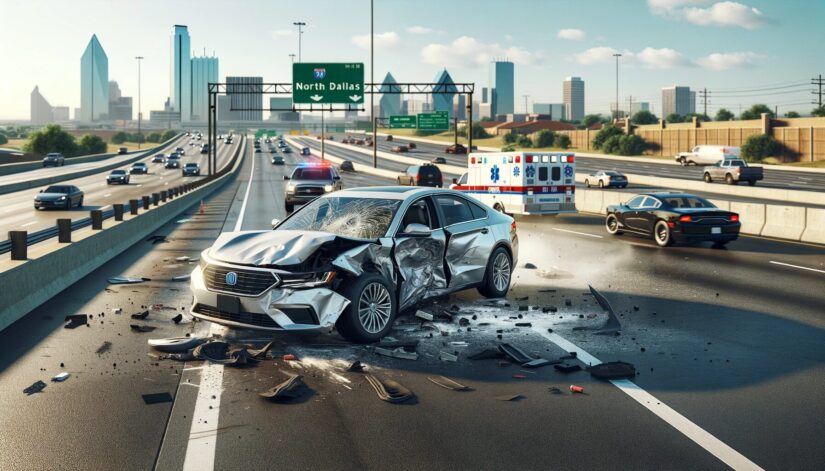
After a speed-related accident, choosing the right car accident lawyer is crucial. This section offers guidance on how to find and select a lawyer who can best represent your interests.
Factors to Consider When Choosing a Lawyer
- Experience: Look for a lawyer with experience in handling speed-related accident cases. They should have a track record of successful outcomes.
- Specialization: Choose a lawyer who practices in the area of personal injury law, particularly in cases involving motor-vehicle collisions.
- Reputation: Research their reputation. Look for reviews, testimonials, and case results.
Questions to Ask a Prospective Lawyer
- Experience with Similar Cases: How many speed-related accident cases have they handled?
- Case Strategy: What would be their approach to your case?
- Communication: How will they keep you informed about your case?
- Fees: Understand their fee structure. Is it contingency-based, or will there be upfront costs?
Making Your Decision
- Comfort Level: Choose a lawyer you are comfortable working with.
- Confidence in Their Abilities: Ensure you have confidence in their skills and strategy.
- Alignment of Goals: Your lawyer should align with your goals for the case.
Hiring the right lawyer can make a significant difference in the outcome of your case. It’s important to choose someone experienced, specialized, and committed to representing your best interests. With the right legal support, you can navigate the complexities of your case and work towards securing the compensation you deserve.
Conclusion: Staying Safe and Seeking Justice
As we wrap up this comprehensive guide on unsafe speed accidents in Texas, let’s recap the key points and emphasize the importance of legal help in such situations.
Key Takeaways
- Understanding Unsafe Speed: It’s not just about exceeding the speed limit; it’s about driving at a speed unsafe for the conditions.
- Proving Fault: Collect evidence, use official reports, and understand the role of data from the accident scene.
- Immediate Steps Post-Accident: Ensure safety, contact authorities, and document everything.
- Texas Laws and Statistics: Familiarize yourself with Texas speed laws and the alarming statistics on speed-related accidents.
- Insurance Claims and Settlements: Navigate through insurance processes carefully and understand when to accept a settlement.
- Hiring the Right Lawyer: Choose a lawyer based on experience, specialization, and your comfort level with them.
The Importance of Legal Help
- Expert Guidance: A personal injury lawyer can provide expert advice and guide you through the complex legal process.
- Maximizing Compensation: An experienced lawyer can help ensure you receive fair compensation for your injuries and losses.
- Navigating the Legal System: With their knowledge of the law and the justice system, a lawyer can navigate the complexities of your case more effectively.